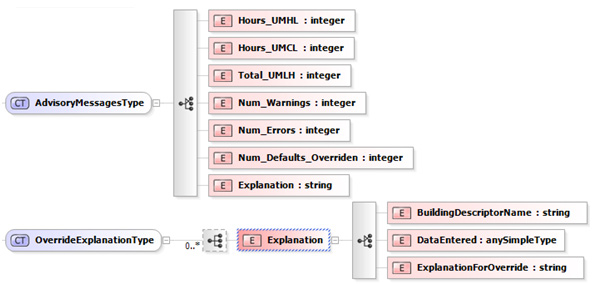2.1 Background
The electronic format of the COMNET standard reports will be XML. XML is a broadly used mechanism for describing, storing, and exchanging data. The primary function of XML is to effectively organize data and allow for it to be distributed in a platform independent format. Designating XML as the electronic format for COMNET is not intended to create more work for the user. Rather, XML supplies consistency as well as flexibility to the reporting process. XML facilitates straightforward data transfer from users to rating authorities.
The flow of information from the user (e.g. energy analyst) to the rating authority is summarized in Figure 2.1-1. First, the user inputs the necessary building data into the interface and runs the simulation engine as usual. When the user makes a successful simulation, the COMNET software will generate an XML file and produce the standard reports. This XML file will contain all of the data relevant to a building project for the purposes of rating and tax evaluation. Finally, the XML file can be sent to a rating authority and uploaded into their database for use in certification, labeling or determining tax deductions.
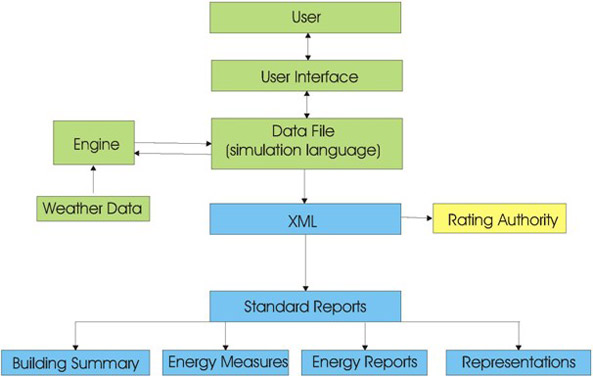
Figure 4.2.1-1: "Information Flow"
2.2 XML File Structure
The XML data structures are simple, yet comprehensive enough for the user to ensure full transfer of all relevant building information. The four output reports (Building Summary, Energy Measures, Energy Results, and Representations) will be generated from the XML file.
The data structure is a 'many-to-one' relationship. The first structure (Project Data) is the primary or parent object. All successive structures will point back to this parent object. These successive structures have infinite input capability: the same structure can be used as many times as needed to represent the data. Figure 2.1-1 outlines the XML structures proposed for the COMNET standard. The XML format would allow for the addition of future structures to adapt to advances and innovation in energy modeling process. The sections below provide more detailed outlines of the elements within the proposed XML data structures.
The COMNET report organization is shown in the pictorial representation of the schema below. The schema contains the following reports:
- The Building Summary Report contains the project data, the stakeholder list, the list of subspaces and LEED EPA data.
- Energy Efficiency Measure Report contains a list of energy efficiency measures.
- Energy Results report contains the energy results, including a breakdown by end use. This report also includes advisory messages and override summary when defaults are overridden.
- Representation Report contains signatory information from qualified parties.
The “E” designates XML data elements, “CT” designates complex data types, and the “A” designates attributes that apply to the data element. The attribute Units is used where needed to designate units.

Figure 2.2-1: "COMNET High Level Report Structure"

Figure 2.2-2: "Building Summary Report Structure"
This contains Project Data, a list of Stakeholders and a list of Sub-Spaces.

Figure 2.2-3: "Energy Efficiency Measure Report Structure"

Figure 2.2-4: "Energy Results Report Structure"
Note that the Energy Results report contains an “Other” element to accommodate a user-defined number of other end uses not included in the list above.
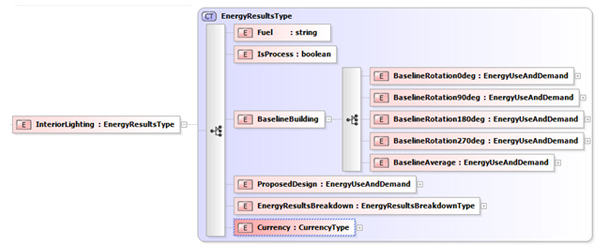
Figure 2.2-5: "Sample end use in Energy Results Report Structure"
View of one element in the Energy Results Report – includes energy use by orientation for baseline and end use breakdown by time period.

Figure 2.2-6: "Representation Report Structure"
The XML Reports defined as part of the schema utilize the following data structures:

Figure 2.2-7: "Project Data data type"

Figure 2.2-8: "LEED Project Data data type"

Figure 2.2-9: "EPA Rating Type data type"
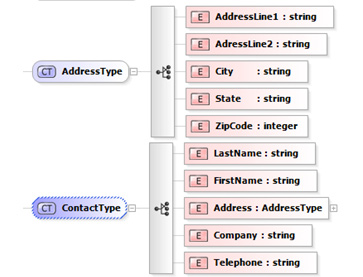
Figure 2.2-10: "Address Type and Contact Type - used in the Building Summary report"

Figure 2.2-11: "Stakeholder Type – used in the Building Summary and Representation report"
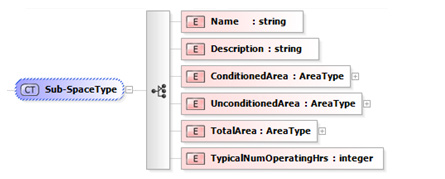
Figure 2.2-12: "Sub-Space Type – used in the Building Summary report"
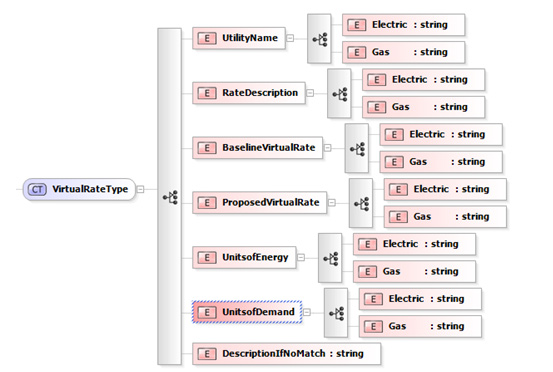
Figure 2.2-13: "Virtual RateType – used in with LEED Online reporting"
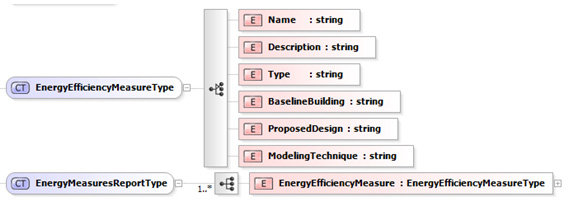
Figure 2.2-14: "Energy Efficiency Measure Type"

Figure 2.2-15: "Energy Use And Demand – used in Energy Results Report"

Figure 2.2-16: "Energy Results Type – used in Energy Results Report"

Figure 2.2-17: "Energy Results Breakdown Type – used in Energy Results Report"
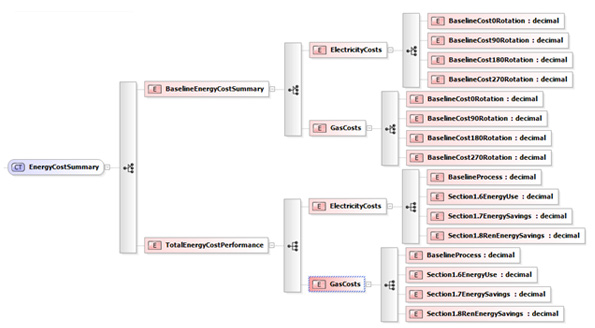
Figure 2.2-18: "Energy Cost Summary – in Energy Results report, used in LEED Online Reporting"
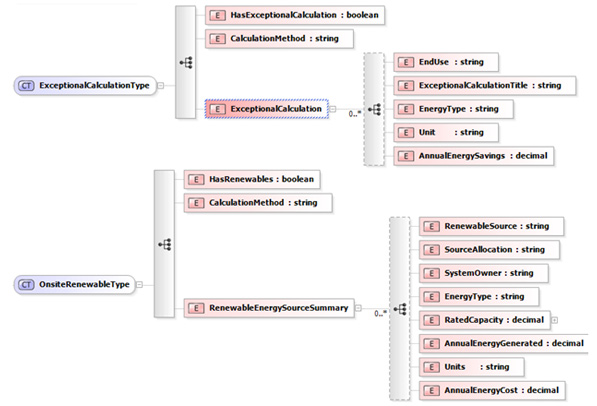
Figure 2.2-19: "Exceptional Calculation Type and Onsite Renewable Type – used in LEED Online Reporting"

Figure 2.2-20: "Rep Type and Representation Type – used in Representations Report"
